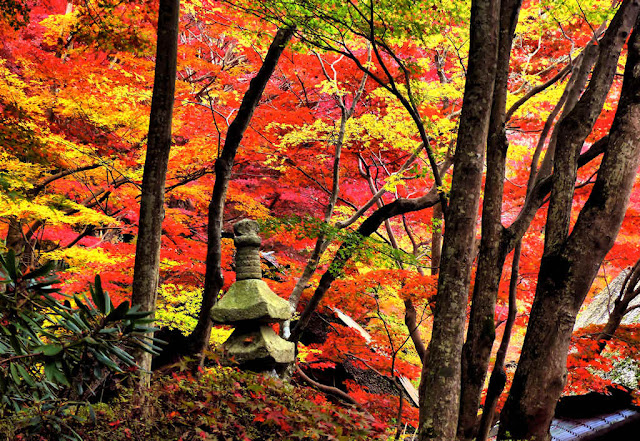Hiroshima is one of the better-known Japanese cities to people outside Japan because of its unfortunate history, but the city did not begin to be formed until after the construction of Hiroshima Castle.
Situated on a sandbar island in the middle of the wide-open delta of the Ota River, the area was renamed Hiroshima by the great warlord Mori Terumoto after he chose the site for his new castle.
From his base in Koriyama Castle about 45 kilometers north of Hiroshima in the Chugoku Mountains, Mori Motonari oversaw the rise of his clan to dominance of almost all of the Chugoku region and even part of Kyushu.
His grandson, Terumoto, took over the clan following Motonari's death, and after initially opposing Hideyoshi eventually became his vassal and one of Hideyoshi's Council of Five Elders.
Realizing that his old base, Koriyama Castle, was no longer suitable as a modern headquarters he chose the site for his new castle in 1588 and construction began the next year. He moved into the castle in 1591 but it would not be completed until 1599.
Hiroshima Castle is a Flatland-style castle with a moat system that included the river as a major outer defense, and a wide inner moat. The inner moat remains, but the other moats were filled in during the early 20th century.
Following the Battle of Sekigahara in 1600 Tokugawa Ieyasu stripped the Mori Clan of most of their lands except for their most westerly holdings in what is now Yamaguchi.
Control of the castle was given to Fukushima Masanori, but he was removed 19 years later and then the Asano Clan controlled the domain for more than two centuries until the Meiji Period.
Most castles were dismantled following the Meiji Restoration, but Hiroshima Castle wasn't, and like many of the castles that were kept by the new government it became a military base. In fact it was the General Headquarters for the Sino-Japanese War of 1894-5.
It continued to be a military base all during WWII, but being less than a kilometer from the epicenter of the atomic blast, all the wooden structures were destroyed.
In 1958 the tenshu was reconstructed in concrete, though it may possibly be replaced with a wooden one in the future.
In 1993 the main gate and several yagura of the Ninomaru section of the castle were rebuilt using traditional materials and methods.
The Ninomaru structure and the tenshu both contain exhibits relating to the castle's history.
The rest of the grounds are now a park that contains three trees that survived the atomic blast. Also, the Gokoku Shrine was moved to within the castle.















































































